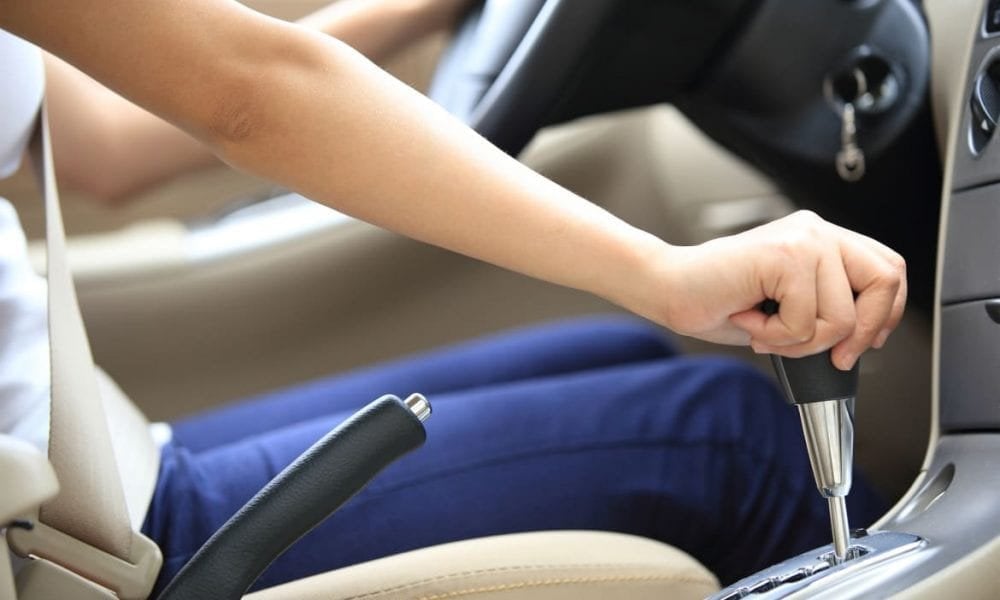
How To Drive a Car With Automatic Transmission

Cars with automatic transmission are slowly becoming more popular than cars with manual transmission with both experienced drivers and those who are just learning how to drive because they are similar when it comes to operation, but those with automatic transmission tend to be more comfortable.
 Preparing to drive
Preparing to drive
 Before you start driving, make sure you’re comfortable. Adjust your seat to ensure that you can reach every control you need, see the reflection in your rearview mirrors and look out of the windows. Also, make sure you’ve identified the car’s blind spots to check them before you take any turn.
Before you start driving, make sure you’re comfortable. Adjust your seat to ensure that you can reach every control you need, see the reflection in your rearview mirrors and look out of the windows. Also, make sure you’ve identified the car’s blind spots to check them before you take any turn.
The next thing you have to make sure of is that you know where all of the controls are and how they work. You, of course, should know all of this if you already have your driver’s license (you shouldn’t be driving without one). Before you put the vehicle in “drive” make sure that you’ve fastened your seatbelt, and that the rest of the passengers have too. If you’re traveling with a small child, check if they’re safely secured in their baby seat.
Before you put the vehicle in “drive”, ensure that you’ve fastened your seatbelt, and that the rest of the passengers have done it too. If you’re traveling with small children, check if they’re safely secured in their baby seat.
 Operating the vehicle
Operating the vehicle
Place your right foot on the brake pedal, push it down, insert the key and start the car by turning it clockwise. Select your gear while still keeping your foot on the brake pedal and shift the gear lever into “Drive” — the one marked with the letter D.
Once you’ve done this, release the parking brake – this is either a lever between the two front seats or a pedal placed on the far left of the foot area. There may also be a release lever above the parking brake or a button on the top side model.
Then look all around the car, check all of the mirrors and blind spot to see if there are any other vehicles or pedestrians, but always keep your eye on the road and the direction in which you’re driving. When you’ve done all of that, your car is ready to move. Release the brake pedal slowly and place your foot on the gas pedal and as you press it, the car’s speed will increase. Turn your steering wheel left and right depending on which way you want your car to turn. While you’re driving on a regular road, you won’t need to change gears as you increase speed.
When you’re ready to stop the car, apply pressure to the brakes slowly. Take your foot off the accelerator and put it on the brake pedal, but avoid applying great pressure as the car would jerk to a halt. Once you’ve reached your destination, parked the car and stopped it completely, turn off the engine by turning your key counterclockwise and turn off the headlights in case they were working while driving.
 Operating alternative gears
Operating alternative gears
Now that we’ve talked about “Drive”, let’s talk about all the other gears that you can put your car in
R – reverse
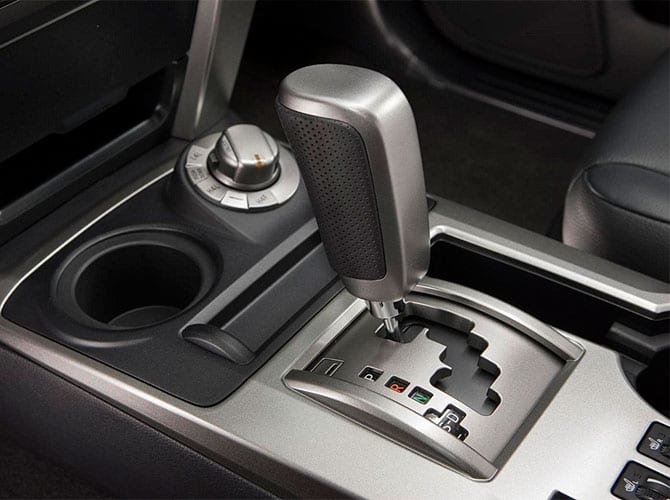 When you need to travel in reverse or backward, first make sure that you’ve brought the vehicle to a complete stop before changing gears. Then, slowly slide the gear shift to the one marked with the letter R and look and check if there’s anything behind your car that you could hit. Next, remove your foot from the brake to the accelerator and very slowly and carefully move your vehicle to where you need it to be.
When you need to travel in reverse or backward, first make sure that you’ve brought the vehicle to a complete stop before changing gears. Then, slowly slide the gear shift to the one marked with the letter R and look and check if there’s anything behind your car that you could hit. Next, remove your foot from the brake to the accelerator and very slowly and carefully move your vehicle to where you need it to be.
N – neutral
This gear is used only when you don’t need to control the speed of your car, like for instance when you need to be parked for a short time or while your car is being towed or pushed by someone.
Lower gears
The gears that are marked with the numbers 1, 2 and 3 are also known as lower gears. The way these gears work is in an engine brake system when you’re trying to avoid using your regular brakes. People mostly use these when they’re going down a steep hill or when the brakes have stopped working for whatever reason. The 1st gear is, of course, the slowest one and should be used only when you need drive incredibly slowly.
One more thing that’s important to know when you’re driving in these lower gears is that there is no need to stop your car when you’re shifting between them and “Drive”.
More inAuto News
-
`
U.S. Reduces Tariffs on Japanese Cars to 15% Under Trump’s Deal
In a move reshaping U.S.-Japan trade relations, former President Donald Trump confirmed a new agreement that slashes tariffs on Japanese car...
August 9, 2025 -
`
Adults in Ohio Face Stricter Rules to Obtain Driver’s License
Ohio has passed a new law that will change the way adults under 21 get their driver’s licenses. Signed into law...
July 31, 2025 -
`
Gen Z Craves Career Guidance, But Their Parents Are Struggling Too
Gen Z is stepping into the future with curiosity and ambition—but they’re not doing it alone. A growing number of teens...
July 25, 2025 -
`
Do Car Insurance Companies Offer Pay-As-You-Go Plans?
Car insurance premiums often feel unfair to people who rarely drive. Yet, most traditional auto policies still charge a fixed monthly...
July 17, 2025 -
`
Why the Koenigsegg Sadair Spear Is the Ultimate Hypercar Beast
Koenigsegg has revealed a new beast—the Sadair’s Spear. Tuning its focus on raw performance and brutal speed, this hypercar marks the...
July 11, 2025 -
`
Which States Have the Safest—and Riskiest—Drivers in America?
Driving safety isn’t just about skill. It’s also about location. A recent nationwide report shines a spotlight on where drivers are...
July 4, 2025 -
`
How to Save on Tesla Car Insurance Without Compromising Coverage
Owning a Tesla often brings savings on fuel and a futuristic driving experience, but the conversation changes quickly when it comes...
June 26, 2025 -
`
10 Weird Cars That Turned Heads and Won Hearts
Some cars turn heads with speed, others with luxury—but a rare few grab your attention simply by being delightfully strange. From...
June 20, 2025 -
`
Next-Gen Jeep Cherokee Expected to Arrive by Late 2025
After a break of two years, Jeep is prepared to relaunch the Cherokee brand. The automaker confirmed the return with fresh...
June 12, 2025


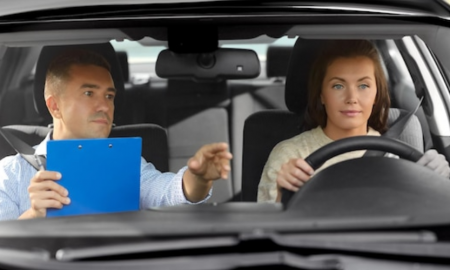

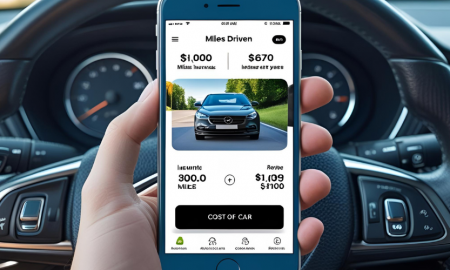




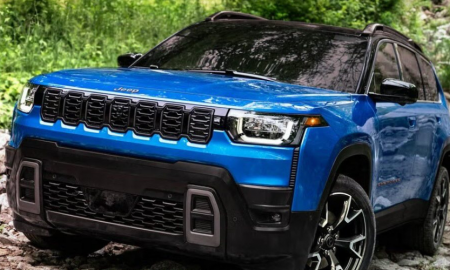
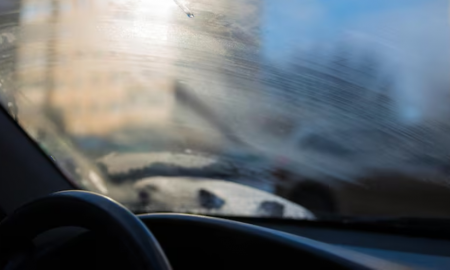


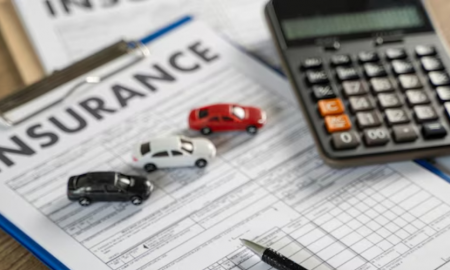

You must be logged in to post a comment Login